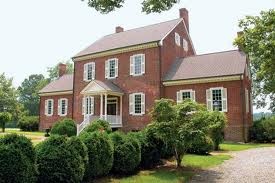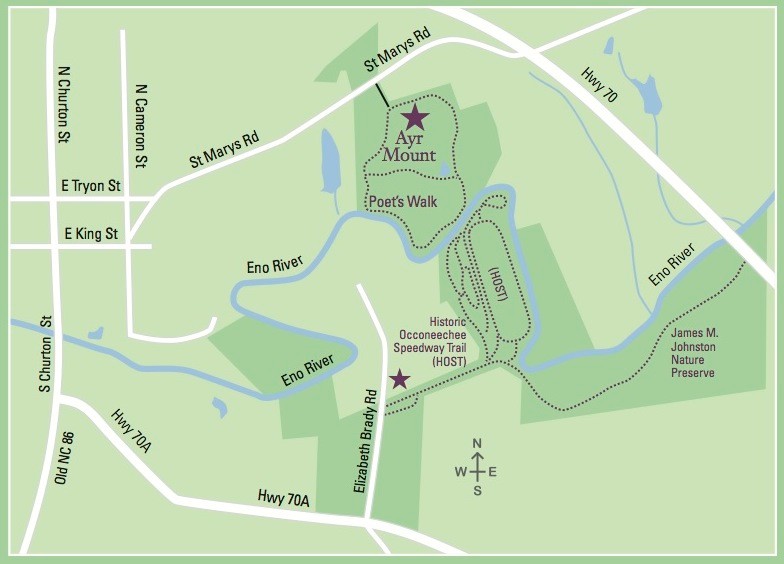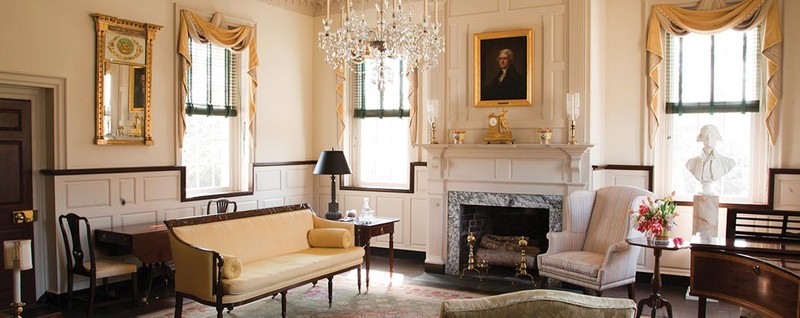Ayr Mount
Introduction
Text-to-speech Audio
Images
William Kirkland named this plantation home in honor of Ayr, Scotland-his birthplace. The home was restored in 1985 and is open to the public.

Learn more about slavery in the colonial era with this book from UNC Press.

Map of Ayr Mount grounds.

The West Parlor inside Ayr Mount.

Backstory and Context
Text-to-speech Audio
The plantation originally encompassed 503 acres and included slave quarters along with many other outbuildings that were lost to the ravages of time. Today, the home and grounds sit on 60 acres that include several scenic trails that connect to the neighboring woods. The most popular trail is known as "Poet's Walk", which is a one-mile trail that stretches around the banks of the Eno River and back to the home. This trail overlooks the Kirkland family cemetery.
The town of Hillsborough, which was briefly North Carolina’s
state capital during the Revolutionary War, is home to many charming
colonial-era homes. However, Ayr Mount is considered the most impressive.
Sources
"Ayr Mount History," Classical American Homes Preservation Trust, http://classicalamericanhomes.org/ayr-mount-history/
"Timeline of the Kirkland Family," Classical American Homes Preservation Trust, "http://classicalamericanhomes.org/timeline-archaeology/
